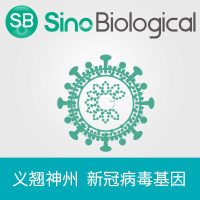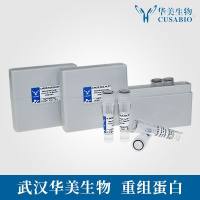Receptor-Directed Molecular Conjugates for Gene Transfer
互联网
552
To circumvent the safety limitations of viral vectors and the cytotoxicity of liposomal carriers, several investigators have used receptor-targeted molecular conjugates to direct gene transfer into mammalian cells in vitro (1 –26 ), and in vivo (27 –40 ). This method has potential for human gene therapy, once it is perfected in animal models. DNA, noncovalently bound to a poly cation polymer that is chemically conjugated to a ligand, can be bound to the cell surface and internalized. Various ligands have been used to target cell surface receptors for gene delivery. Some of these receptors (e.g., the asialoglycoprotein receptor [reviewed in ref. 41 )] are designed to traffic their cargo to degradation in the lysosomes, whereas other receptors recycle to the cell surface (e.g., trans-ferrin receptor [reviewed in ref. 42 )] or transport their ligands across the cell (e.g., polymeric immunoglobulin receptor [reviewed in ref. 43 )]. Success is enhanced if the receptor displays high specificity for a ligand but low selectivity for attached cargo, constitutive, abundant expression and the capability for bulk uptake. Receptor-directed molecular conjugates have advantages as gene therapy reagents. Receptor targeting confers specificity, immunogenicity is normally low for the polycation and DNA and variable for the ligand, and the packaging capacity is quite large (44 ), allowing for the inclusion of native promoters or intronic sequences that will enhance gene expression (45 ). To understand the methods used in receptor-mediated molecular conjugate gene transfer, we must first review the use of such receptors, which have provided specificity in the context of a noninfectious and nontoxic vector.









